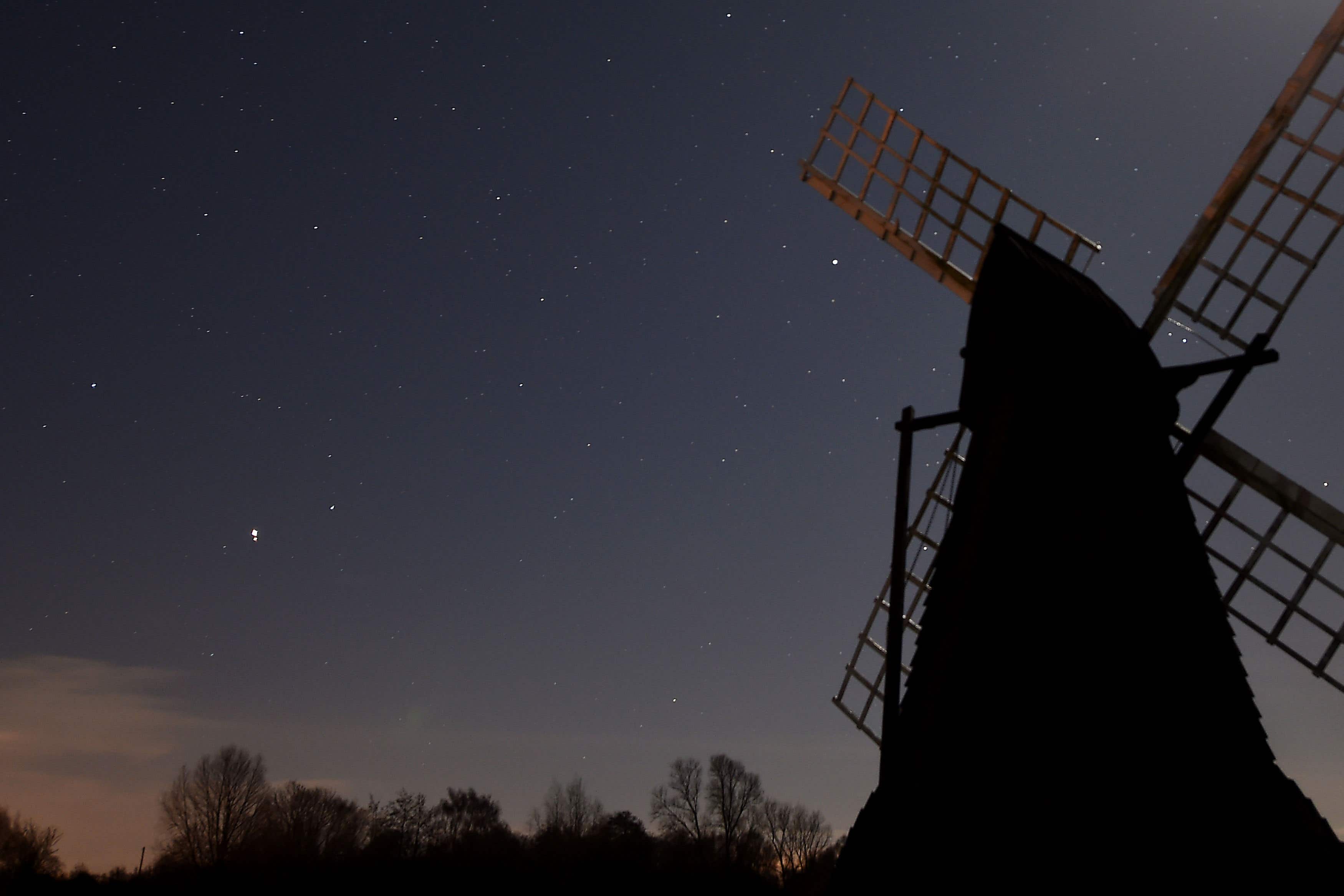Five planets set to line up in the dawn sky
Mercury, Uranus, Jupiter, Neptune and Saturn will put on a celestial show.

Your support helps us to tell the story
From reproductive rights to climate change to Big Tech, The Independent is on the ground when the story is developing. Whether it's investigating the financials of Elon Musk's pro-Trump PAC or producing our latest documentary, 'The A Word', which shines a light on the American women fighting for reproductive rights, we know how important it is to parse out the facts from the messaging.
At such a critical moment in US history, we need reporters on the ground. Your donation allows us to keep sending journalists to speak to both sides of the story.
The Independent is trusted by Americans across the entire political spectrum. And unlike many other quality news outlets, we choose not to lock Americans out of our reporting and analysis with paywalls. We believe quality journalism should be available to everyone, paid for by those who can afford it.
Your support makes all the difference.Mercury, Uranus, Jupiter, Neptune and Saturn will line up at dawn on Saturday, with some visible to the naked eye.
Early risers with a good view of the horizon will get the best chance of spotting the alignment, also known as a planetary parade.
While Jupiter and Saturn will be easy to spot, Neptune and Uranus may require binoculars and Mercury will be visible for a short space of time.
Don Pollacco, a professor at the University of Warwick’s Department of Physics, said: “While Jupiter and Saturn will be easy to spot by eye, Mercury will be more challenging as its proximity to the sun means that it is only just above the horizon and visible about an hour before sunrise.
Jupiter and Saturn will be bright objects that have a yellowy colour, Mercury often looks pink, and Uranus and Neptune pale white-green
“Neptune and Uranus need binoculars to be sure of seeing them – although some keen-sighted people can see Uranus unaided.
“Jupiter and Saturn will be bright objects that have a yellowy colour, Mercury often looks pink, and Uranus and Neptune pale white-green.”
Alignments occur when the planets in the solar system are all roughly positioned in the same direction when viewed from Earth.
Saturn will be the first to rise, followed by Neptune, Jupiter, Uranus and Mercury.
Prof Pollacco said: “Given that we understand the orbits of the planets, we can predict when these ‘alignments’ will occur.
“While the planets may look relatively close together in the sky they are of course separated by many millions of miles.”
The next five-planet alignment will take place on April 20 2024, which will be a morning parade with Venus, Mercury, Neptune, Mars, and Saturn.